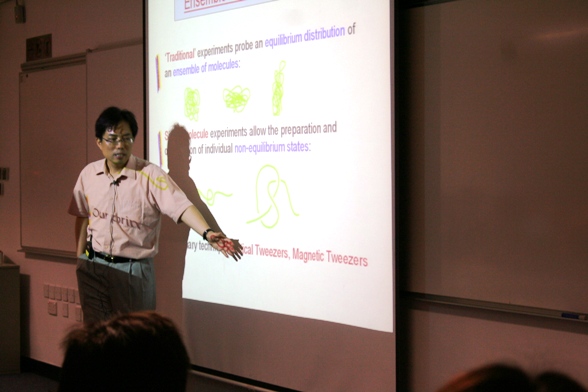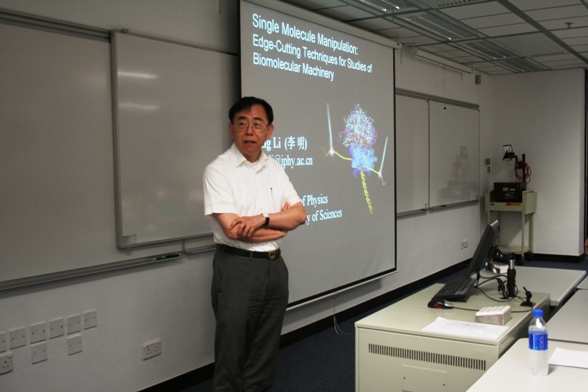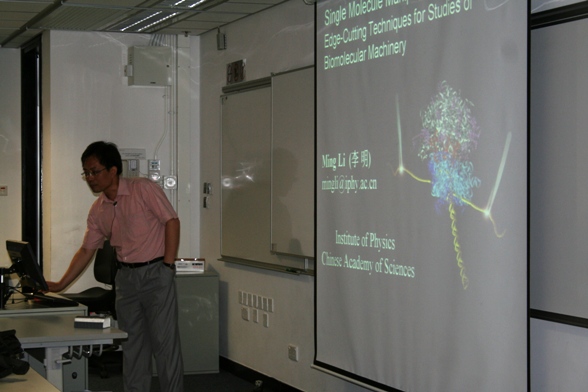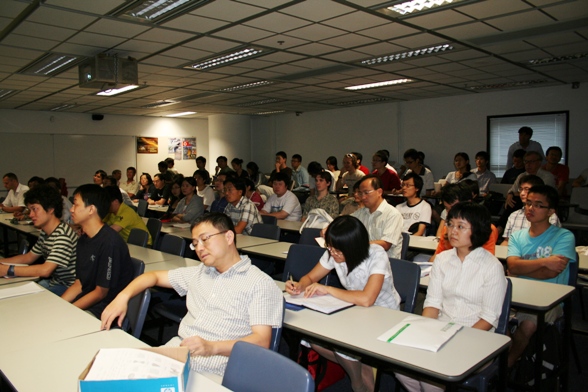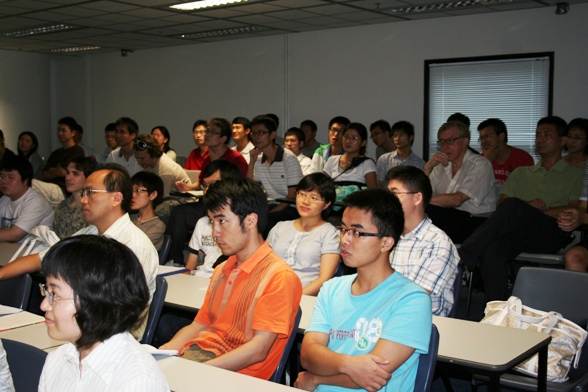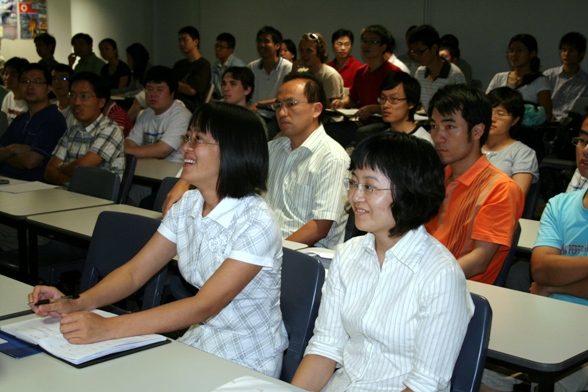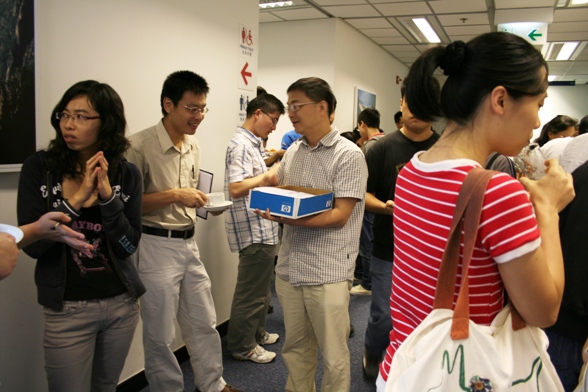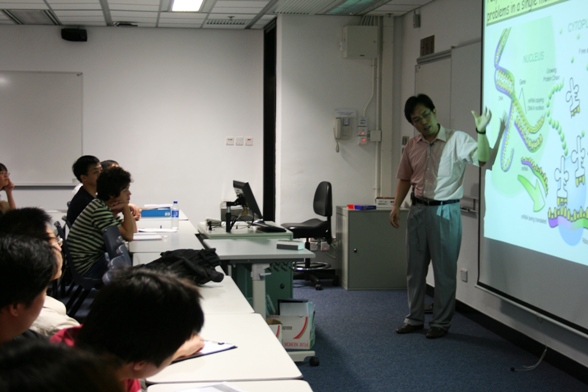Single Molecule Manipulation and Advanced Biomaterials
Abstract
The past decade has witnessed rapid development of single-molecule techniques. They can address numerous biological questions, which were not accessible via ensemble measurements. In this talk, I will first give a brief introduction of two widely used single-molecule manipulation techniques, i.e., the optical tweezers and the magnetic tweezers. I then give two examples to show how these edge-cutting techniques have led to new insights on the dynamics and reaction mechanisms of enzymes. The first example is about the processive motion of kinesins that transport cargos by walking unidirectionally along microtubule tracks. The molecular machines respond to their surroundings with great flexibility, using thermal noise positively for their functions. They are very different from man-made machines that operate at energies much higher than thermal fluctuations. The second example to which I will pay more attention concerns the mechanisms of helicases that unwind double-stranded DNA (dsDNA). Two models have been proposed for them. The passive model deals with helicases which unwind dsDNA by trapping unwinding fluctuations of the dsDNA while they are translocating on the single-stranded tails of the dsDNA. The passive helicases also harness thermal fluctuation energies. However, an active helicase interact strongly with the dsDNA so that the thermal fluctuations are not very important. E. coli UvrD is such an active helicase. It must dimerize on the DNA before it can unwind it. Its unwinding rate decreases when the force acting to separate the two strands of DNA is increased. The results lead to a strained-inchworm mechanism in which a conformational change that bends and tenses the ssDNA is required to activate the dimer.
About the speaker
Prof. Li Ming earned his Ph.D. in physics from the University of Wuerzburg, Germany in 1998. He then conducted postdoctoral research in the University of Illinois at Chicago before he joined the Institute of Physics, Chinese Academy of Sciences (CAS) in 2001. He won the "National Distinguished Young Scholar Award" in 2003. He is now a professor of physics and the director of the Laboratory of Soft Matter Physics in the Institute of Physics, CAS. His current research interests include single-molecule biological physics and nanomaterials physics.

